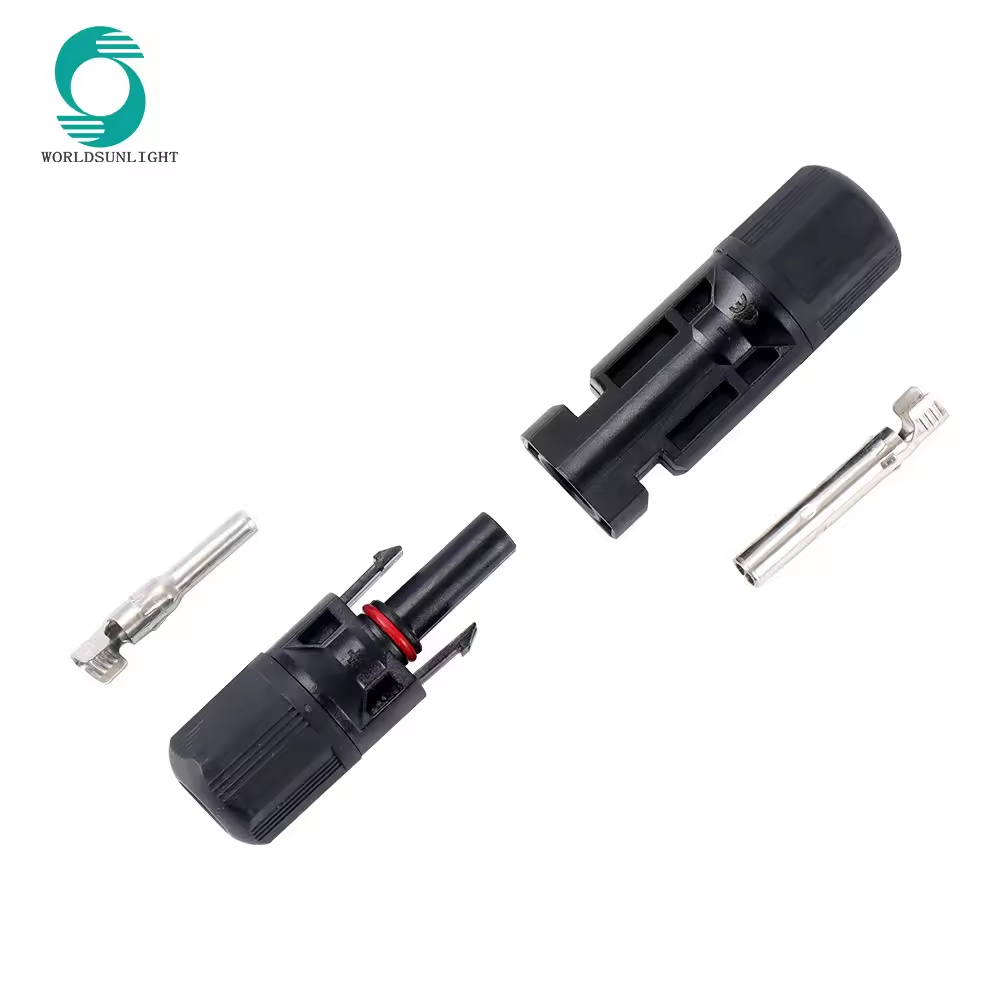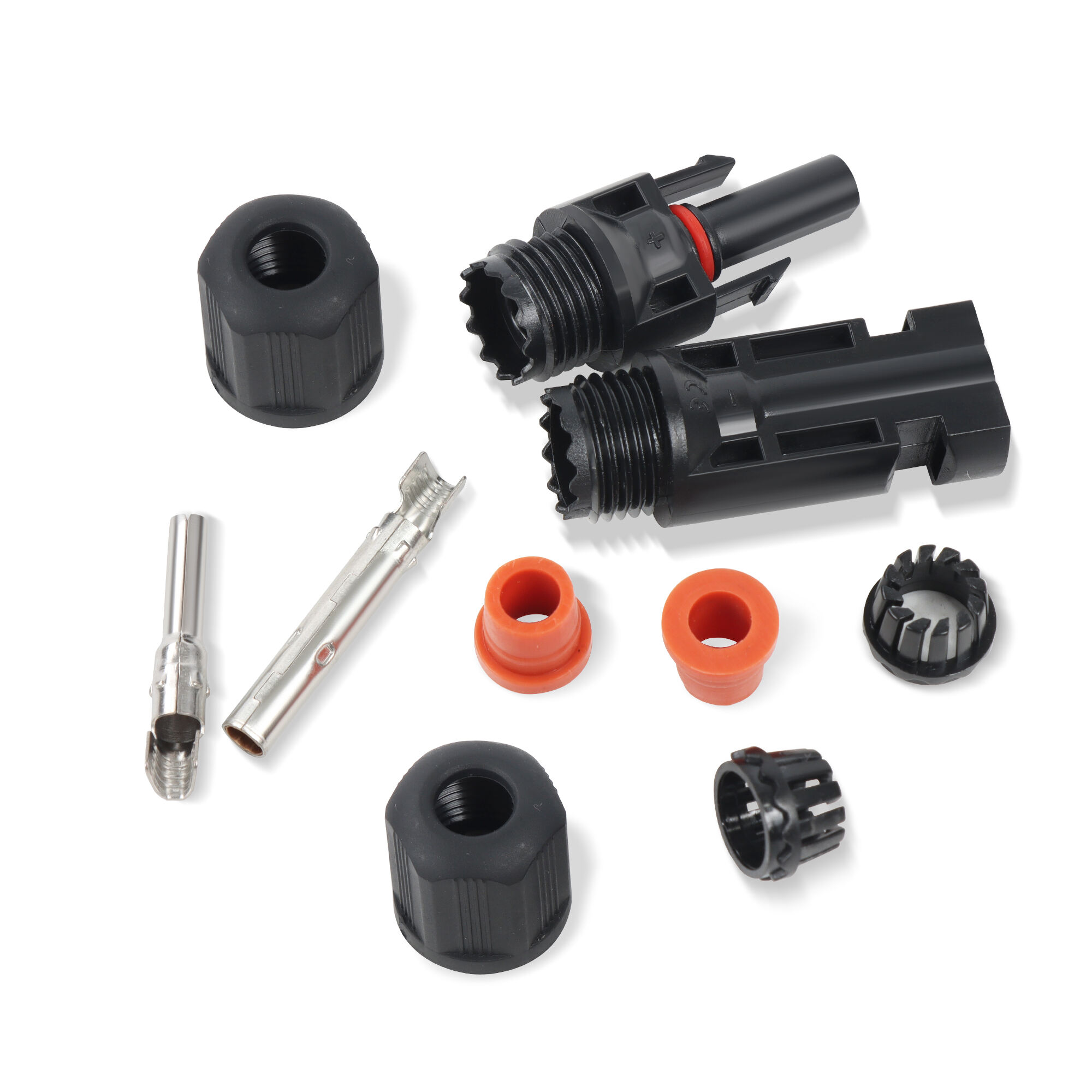Understanding the Critical Role of Solar Connection Systems
In the rapidly evolving world of solar energy, photovoltaic connectors stand as the unsung heroes of system efficiency and reliability. These specialized electrical components serve as the vital links between solar panels, inverters, and other crucial elements of a solar power installation. While many focus on panel efficiency or inverter capabilities, the significance of photovoltaic connectors in determining overall system performance often goes underappreciated. These connectors are engineered to withstand extreme environmental conditions while maintaining optimal electrical conductivity, making them fundamental to the success of any solar installation.
The impact of photovoltaic connectors extends far beyond simple electrical connections. They play a crucial role in system longevity, maintenance requirements, and ultimately, the return on investment for solar installations. As solar technology continues to advance, these connectors have evolved to meet increasingly demanding performance standards, incorporating innovative features that enhance both safety and efficiency.
Technical Excellence in Solar Power Systems
Advanced Design Features
Modern photovoltaic connectors incorporate sophisticated engineering elements that set them apart from standard electrical connectors. The design typically includes weather-resistant housings, gold-plated or tin-plated contact surfaces, and specialized locking mechanisms. These features work together to ensure consistent electrical transmission while protecting against environmental factors that could compromise performance.
The contact design within these connectors is particularly noteworthy, featuring precision-engineered surfaces that minimize power loss and maintain stable connections even under thermal cycling. This attention to detail in connector design directly contributes to system efficiency by reducing energy losses at connection points throughout the solar installation.
Material Innovation
The materials used in photovoltaic connectors represent the cutting edge of connector technology. High-grade polymers provide excellent insulation and UV resistance, while advanced metal alloys ensure optimal conductivity and corrosion resistance. These materials are carefully selected to maintain their properties over decades of exposure to challenging environmental conditions.
Recent developments in material science have led to even more durable and efficient connector options, including nano-coated contact surfaces that further reduce resistance and enhance long-term reliability. These innovations directly translate to improved system performance and reduced maintenance requirements.

Performance Impact on Solar Installations
Energy Transfer Optimization
The efficiency of energy transfer through photovoltaic connectors significantly influences overall system performance. High-quality connectors minimize power losses through superior contact design and materials, ensuring that maximum power from solar panels reaches the inverter. This optimization becomes increasingly important in large-scale installations where multiple connection points could otherwise lead to cumulative efficiency losses.
Studies have shown that premium photovoltaic connectors can help maintain system efficiency by reducing connection resistance to negligible levels, even after years of operation. This sustained performance is crucial for maintaining the projected energy yield and financial returns of solar installations.
System Reliability Enhancement
The reliability of solar power systems heavily depends on the quality and performance of their connectors. Well-designed photovoltaic connectors provide stable, low-resistance connections that minimize the risk of hotspots and potential system failures. Their robust construction ensures consistent performance despite thermal cycling, vibration, and environmental stresses.
The impact of connector reliability extends to system maintenance costs and operational continuity. High-quality connectors require less frequent inspection and replacement, reducing the total cost of ownership while maintaining optimal system performance throughout the installation's lifetime.
Installation and Safety Considerations
Professional Installation Requirements
The proper installation of photovoltaic connectors is crucial for system performance and safety. Professional installers must follow specific protocols to ensure proper crimping, sealing, and connection verification. This attention to detail during installation helps prevent future issues and maintains the integrity of the electrical connections throughout the system's lifecycle.
Training and certification programs increasingly emphasize the importance of proper connector installation techniques, recognizing their critical role in system reliability. This focus on installation quality helps ensure that the theoretical benefits of advanced connector design are realized in practical applications.
Safety Standards and Compliance
Photovoltaic connectors must meet stringent safety standards and certification requirements. These standards ensure that connectors provide adequate protection against electric shock, fire hazards, and environmental factors. Compliance with these standards is essential for system safety and insurance requirements.
The evolution of safety standards continues to drive innovations in connector design, leading to enhanced protection features and improved long-term reliability. This ongoing development ensures that modern photovoltaic connectors meet or exceed the safety requirements of contemporary solar installations.
Future Trends and Innovations
Smart Connection Systems
The future of photovoltaic connectors lies in smart technology integration. Emerging designs incorporate monitoring capabilities that can detect connection quality, temperature variations, and potential issues before they impact system performance. These advanced features enable proactive maintenance and optimize system operation.
Integration with solar monitoring systems allows for real-time performance tracking and automated alerts, further enhancing system reliability and maintenance efficiency. This evolution toward smart connections represents a significant advancement in solar technology management.
Sustainability Improvements
Manufacturers are increasingly focusing on the environmental impact of photovoltaic connectors, developing more sustainable materials and production processes. These improvements include recyclable components, reduced material usage, and more efficient manufacturing techniques that lower the carbon footprint of connector production.
The push for sustainability extends to connector longevity, with new designs aimed at extending operational life and reducing replacement needs. These advancements contribute to the overall environmental benefits of solar energy systems.
Frequently Asked Questions
How long do photovoltaic connectors typically last?
High-quality photovoltaic connectors are designed to last for 25 years or more, matching the typical lifespan of solar panels. However, their actual longevity depends on environmental conditions, installation quality, and maintenance practices. Regular inspections can help ensure optimal performance throughout their intended service life.
What makes photovoltaic connectors different from standard electrical connectors?
Photovoltaic connectors are specifically engineered for solar applications, featuring enhanced UV resistance, superior weather protection, and specialized contact designs for DC power transmission. They must meet strict safety standards and maintain stable connections under extreme temperature variations and environmental conditions.
How do connector quality differences impact system performance?
The quality of photovoltaic connectors directly affects system efficiency, reliability, and safety. Premium connectors offer lower contact resistance, better environmental protection, and more stable connections, resulting in improved energy yields and reduced maintenance requirements over the system's lifetime.




